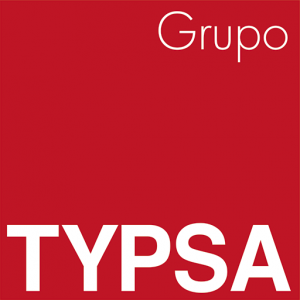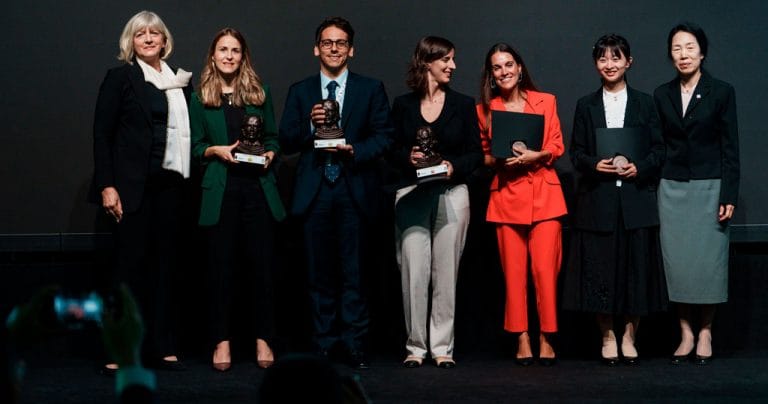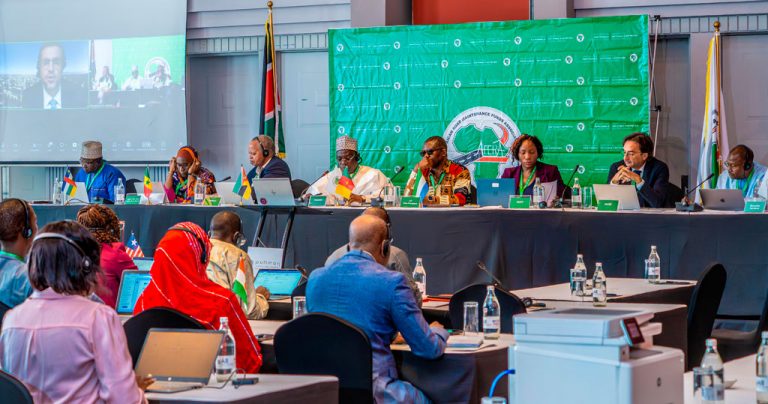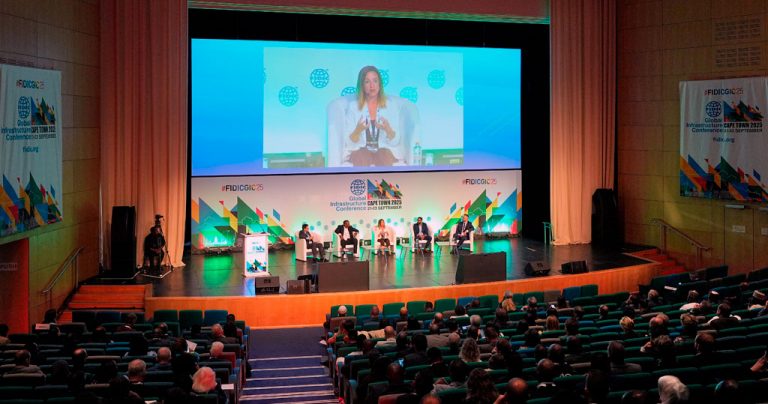Evolving from a national initiative to a technical reference model in Central America
The Project for the Reduction of Non-Revenue Water and the Optimisation of Energy Efficiency (RANC-EE), led by the Costa Rican Institute of Aqueducts and Sewers (AyA), has achieved a degree of technical and operational progress that positions it as a benchmark in the region. Its success is based on a comprehensive model, financed with multilateral resources, which combines infrastructure renewal, digitisation of processes and institutional strengthening.
TYPSA leads the Aguas de Escazú consortium, consultant responsible for the design and technical implementation of the project since 2019, providing a range of services from strategic support to the development of specific solutions – IT systems, monitoring tools, replacement plans and management schemes – transforming the project into a replicable model and a point of reference for the entire Central American region.
Technical Advances: Digitalisation, Renewal and Efficiency
The project has completed most of the contracts planned for the acquisition of key equipment – micrometres, macrometres, flow metres, valves and data loggers, – achieving important milestones in AyA’s digital transformation, incorporating a maintenance system for asset standardisation, loss management and leak detection, a geospatial network modelling and control tool, and a Comprehensive Dashboard, with metre management, fraud control and laboratory testing.
More than 275,000 DN-15 micrometres have been replaced, renewing the measurement park and recovering unaccounted flows, with a direct impact on the financial sustainability of the institution. In addition, 34 km of pipes have been executed, critical areas of the Metropolitan Aqueduct have been optimised, and leaks have been reduced with intelligent pressure controllers.
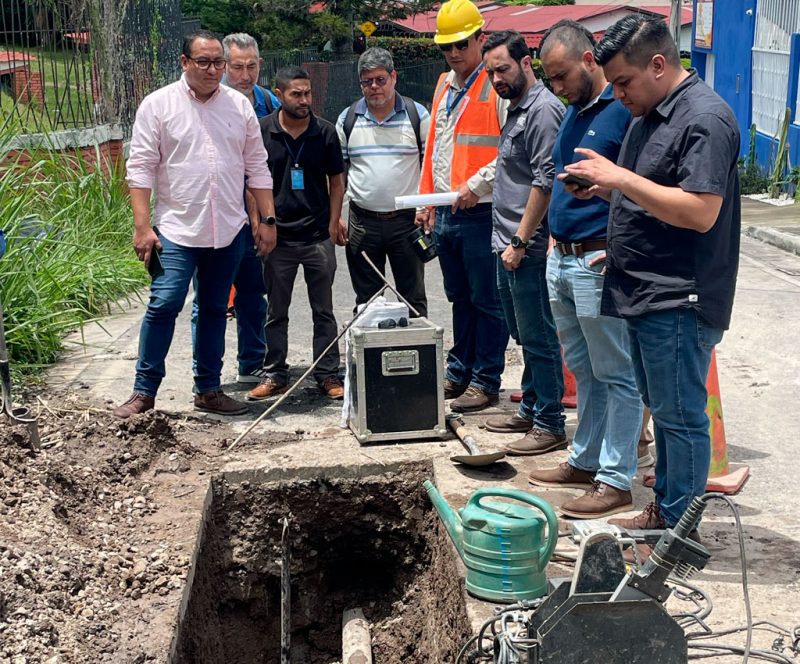
Regional Exchange: A Platform for Technical Cooperation
One of the outstanding impacts of the project has been its conversion into a platform for the knowledge exchange at regional level. Costa Rica’s experience, technically structured by the consulting consortium, has aroused the interest of several public water companies in Central America.
Last year, the National Water and Sewerage Administration (ANDA) of El Salvador sent a high-level technical delegation to Costa Rica to learn more about the progress of the project, and recently, EMPAGUA, a municipal water company in Guatemala City, interested in regulatory issues, tariff models, implementation of smart metering, financing strategies with multilateral banks and the use of technological tools for fraud detection and network optimisation, has done so too.
The consortium led by TYPSA prepared the technical contents to be presented in both cases, structuring the transfer methodologies and adapting the learning of the RANC-EE to the interests and realities of the visiting institutions.
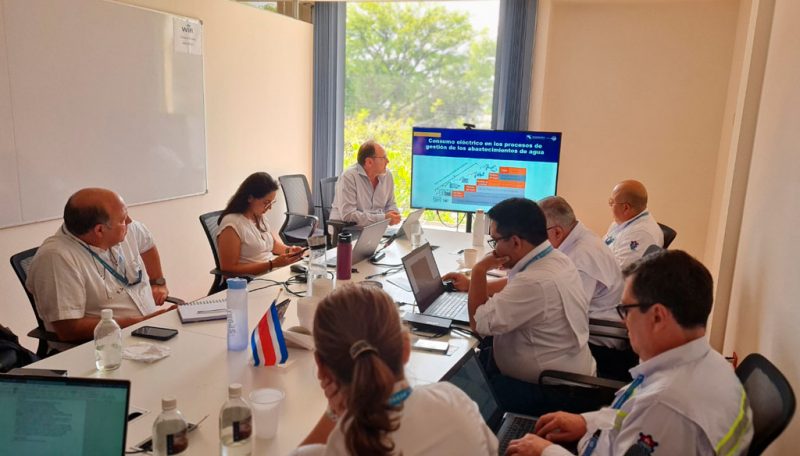
Conclusion: a replicable model technically led by TYPSA
The RANC-EE project is no longer just a national initiative to improve water management: today it can be said that it is a technical reference platform in Central America, an example of how to combine technological solutions, infrastructure renewal and institutional strengthening around a common objective: the reduction of non-revenue water.
The role of the Aguas de Escazú consortium, led by TYPSA, has been decisive. Its technical capacity to design, accompany and transfer solutions has made it possible not only to meet the objectives of the project, but to turn it into a replicable model on a regional scale. TYPSA, as technical leader, has demonstrated that well-structured consulting is not only essential for implementation, but also generates value, knowledge and international cooperation.
With this approach, Costa Rica strengthens its water institutions, AyA consolidates its modernisation and TYPSA reaffirms its commitment to engineering at the service of efficiency, sustainability and shared development.

